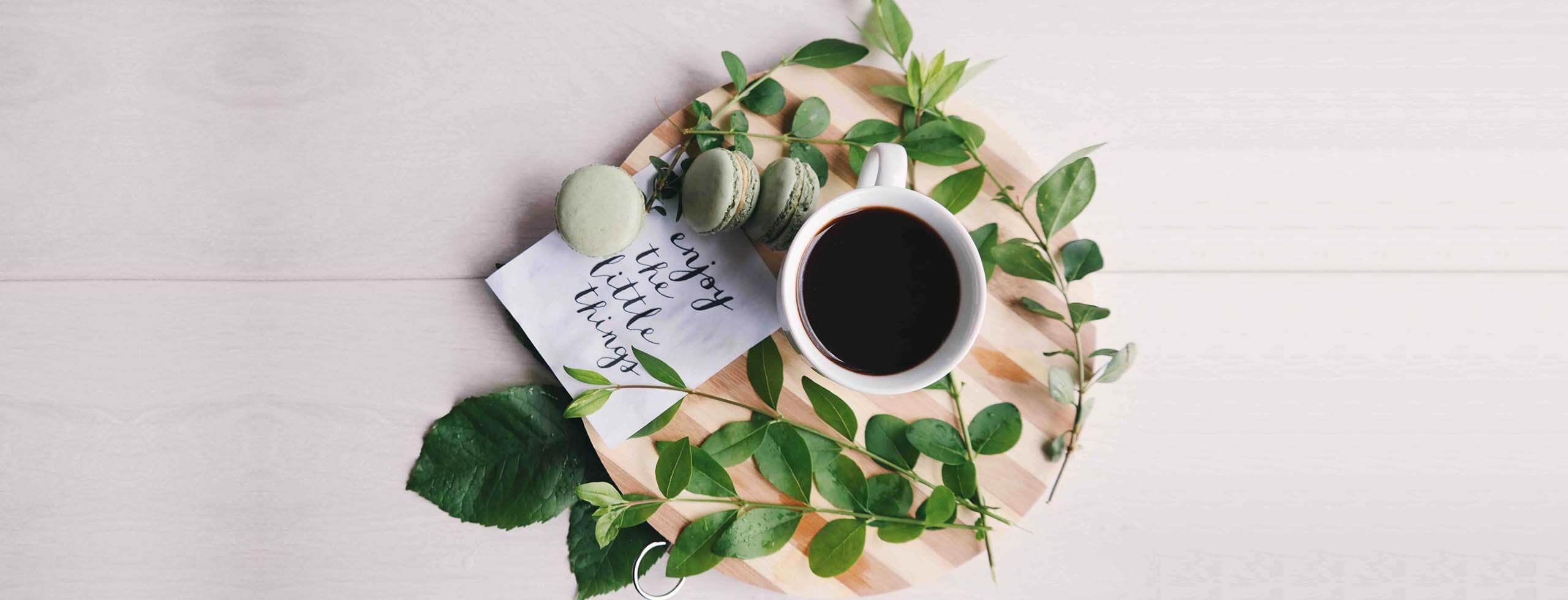There’s nothing quite like that first cup of coffee first thing in the morning. While sipping it, there’s a feeling that all’s right with the world. In order to experience this feeling, many San Diegans enjoy barista style coffee at our Jane’s Cafe.
But it’s not just San Diego residents who love coffee. There millions of people all around the world who enjoy this beverage at different times of the day. While this is true, not all have an appreciation for the many subtle taste differences and experiences.
Notably, there are two main prerequisites for tasting coffee: you must be curious and have functional tastebuds.
How To Describe Coffee Taste
When you taste coffee for the first time, the flavors can be overwhelming. Add to that having to describe each flavor and your taste buds won’t know what to do. Thus, it’s recommended to split each main goal into different small steps.
Splitting up the tasting process means you’ll take each test separately, perceive it and find a descriptor. It helps to decipher the complex flavor of coffee. A good method to use can be partly based on the SCAA cupping form.
The five elements of tasting and evaluating coffee are:
#1 FRAGRANCE – The fragrance refers to the dry coffee grounds which relieve the most volatile aromatic compounds. Basically, you’ll perceive either fruity, floral or herbal notes. Identify the predominant fragrance first, then you can try to get a descriptor. For instance, if you detect herbal notes, is it sweet like basil or bitter like goldenseal?
#2 AROMA – When the first dry grounds hit hot water, the aroma will arise. The combination of coffee and hot water will reveal notes which come from sugar browning reactions. The aromas can be caramel, nutty or cocoa in smell. So, if you think the aroma’s more nutty-like, would you describe it as almonds, peanuts or hazelnuts? The barista style coffee at Jane’s Cafe has a robust, sweet charred flavor.
#3 SWEETNESS – Take the first sips of coffee, then start with perceiving and describing sweetness. Your mouth will experience many tastes, but try to focus on the sweet tastes at your tongue’s tip. Sweetness can come in different notes similar to the likes of fruity, candy, and malty.
#4 ACIDITY – Acidity adds brightness into the beverage and is a distinctive characteristic of specialty coffees.
Sip and roll the coffee over the lateral parts of your tongue. Taste the acidity. Does your tongue start to salivate? If yes, then you’re probably drinking a coffee with citric acid. Descriptors include orange, lemon or other similar citric fruits.
A very strong taste in the middle of your tongue would indicate acid found in green apples. The descriptor would be the same; acid notes found in green apples.
While there are many more examples perceived in coffee tasting, these two examples are recognized most often.
#5 BODY – Body describes the texture of coffee. Consequently, it’s important to feel it over your tongue. Take a sip and fake chew the coffee. How does it feel?
Does it feel heavy comparable to honey texture? Or is there no real feelings and it’s watery?
How To Taste Coffee and Describe Flavors
Coffee gets its taste from origin to the brewing process. And then we perceive the tastes through our taste buds. However, the human tongue has over 2,000 taste buds. So, different areas on the tongue perceive the 5 main tastes: sweetness, saltiness, acidity, bitterness and umami.
Therefore, in order to taste coffee appropriately, focus on just one taste at a time. And also on the corresponding area of your tongue. In fact, this is an excellent technique to follow for beginners to get use to coffee. And this is what many of our customers do while drinking barista style coffee at Jane’s Cafe.
There are over 800 aromatic and flavor compounds in coffee. With a that many flavors, is there ONE flavor which differentiates coffee from other beverages? Surprisingly, it’s not a single flavor, but rather a combination of tastes and aromas which make the coffee flavor.
Enjoy Italian Barista Style Coffee at Jane’s Cafe
At Jane’s Cafe in Mission Valley, we serve the finest gourmet Italian coffee. With a rich and intense flavor, our Italian coffee brings a tradition of excellence to every sip.
Italian coffee beans are created using 100% Arabica coffee beans from Central America and the African highlands. And it’s the perfect choice for making drinks like lattes, cappuccinos, and the like. The secret to its velvety smooth taste is a perfectly balanced combination of bitter and sweet flavors.
Conclusion
This is by no means an exhaustive article about coffee. But we wanted to help you enjoy one of the most beloved beverages in the world. To improve how you taste coffee and your descriptors, it takes practice. It may be a good idea to participate in a course. Or visit by Jane’s Cafe and find out when we’re hosting a coffee tasting.












Leave a Reply